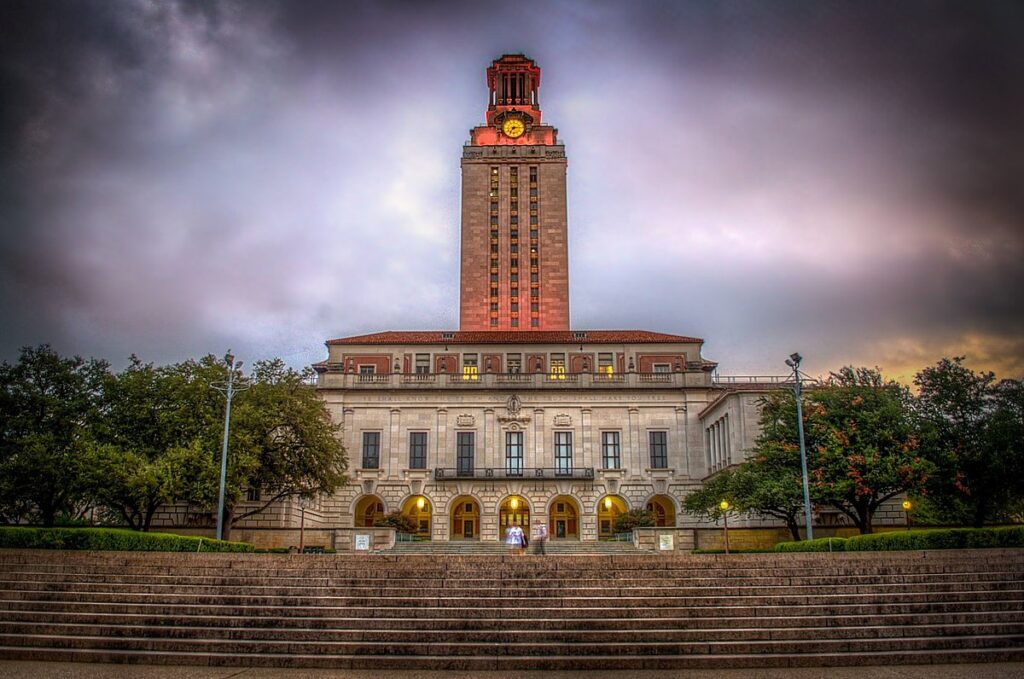
How to Address the Nation’s Housing Supply and Affordability Challenges
The lack of adequate supply and widespread housing affordability result from zoning and land use policy failures, not market failure.
The AEI Housing Success Playbook (Playbook) outlines a series of market-based options that could add 17-20 million additional homes over 10 years. While we do not need to add that many homes, and all the options may not be feasible in all locales, the Playbook demonstrates that if we have the will, the path to addressing the nation’s supply and affordability challenges is within our grasp.
The Playbook has a few simple approaches and principles to unleash housing abundance.
First, institute by-right zoning that does not require approval from zoning boards or city or county councils. This allows moderately higher density in many areas, particularly for greenfield subdivisions and infill with and without teardown in existing residential areas. This can be accomplished by broadly adopting light-touch density (LTD), which allows single-family detached homes on smaller lots and duplexes, triplexes, townhouses, and accessory dwelling units (ADUs). These are all compatible with single-family detached (SFD) on larger lots and, therefore, an easier political sell. At the same time, these housing types are smaller and require less land, making them more affordable to lower- and middle-income households, where the market need is greatest. Smaller lots in greenfield subdivisions, infill with teardown, and infill without teardown would add 5-8 million, 3.3 million, and 400,000 homes over 10 years, respectively. The preponderance of these homes would be owner-occupied.
Second, zoning should be implemented to allow Livable Urban Villages (LUV). This calls for residential overlays of mid- to high-density homes in underutilized commercial and industrial core areas and LTD in adjacent areas. LUV would add 5 million homes over 10 years, almost all of which would be apartment buildings and townhomes.
Third, the Bureau of Land Management (BLM) should implement a plan to sell 850 square miles of developable land for residential homes over 10 years. Built on smaller lots and home sizes, the market could build across a broad range of home price points, thus making housing affordable again, especially for first-time buyers. This land would comprise the sale of a miniscule 0.3% of the 279,000 sq. mi. of BLM land in the lower 48 states. Ninety-nine percent of BLM land in the lower 48 states is in NV, UT, ID, WY, CA, AZ, CO, NM, OR, & MT. Most of these states rank among the least unaffordable and fastest growing states in the nation. We estimate this would add 3.0 million new homes, comprised of 1.5 million new homes over 10 years on land near existing cities and 1.5 million new homes in new Freedom Cities created within existing metropolitan areas and built out over 40-50 years (think Reston, VA and Columbia, MD). With streamlined governance and targeted regulatory relief, these newly established urban districts hold tremendous promise for accelerating American innovation, strengthening our industrial base, and addressing housing supply shortages, affordability, and other pressing economic and technological challenges facing the United States.
Fourth, implement “keep it simple, stupid” (KISS) land use rules, including fast permitting and less expensive building standards.
In developing the Playbook’s estimate of 17-20 million additional homes over 10 years, we consider whether the potential added housing is economically viable and presume LTD zoning and KISS are in place. Finally, we take into account rates for infill teardown conversion, BLM land, and LUV build-outs.
The AEI Housing Center has completed 27 case studies across cities, metros, and states in the U.S., and two foreign metros (Vienna and Tokyo). These confirm the efficacy of the approaches and principles outlined above. Importantly, none of the Playbook’s options rely on expensive housing subsidies and income limits.
Our case studies and other research confirm the observation by Chuck Marohn, founder of Strong Towns, “We have to move beyond the narrow, almost futile task of making affordable housing and start working on the broader and more meaningful effort of making housing affordable.” He noted that a handful of subsidized units here or there does nothing to make housing broadly affordable. It only reinforces a top-down approach to housing that has disconnected housing prices in nearly all American cities from local reality.
To be clear, the lack of adequate supply and widespread housing affordability are the result of zoning and land use policy failures, not market failure. Builders will generally choose to build to a higher density, if legal. The reason is simple: any parcel is the most valuable if used to its highest and best use (that’s legal). On a given parcel, townhomes or SFDs on smaller lots are generally of higher and better use than SFDs on large lots.
Take new single-family construction in Los Angeles County since 2000. The most and least expensive deciles of SFD homes sell for $1.95 million and $1.3 million, respectively (2023 dollars). The most and least costly deciles of townhomes sell for $1.3 million and $700,000, respectively (2023 dollars). Compare this to Harris County (Houston, TX). The most and least expensive deciles of SFD homes sell for $675,000 and $350,000, respectively (2023 dollars). The most and least expensive deciles of townhomes sell for $275,000 and $160,000, respectively (2023 dollars). The key takeaway is that homes in Harris’s most expensive SFD decile sell for less than townhomes in Los Angeles’s least expensive decile. Los Angeles’s land use policies make land scarce and expensive, and its land use regulations make new construction both costly and time-consuming. Harris County keeps land low priced and new construction both affordable and fast. Houston, since the late-1990s, has legalized small lots for residential construction. The result was an explosion of new supply.
Following the above principles and approaches will unleash a swarm of American ingenuity and enterprise, with builders, developers, property owners, suppliers, and subcontractors of all sizes spontaneously coming together to provide abundant market-rate housing over time.
Moreover, this approach answers the key question: Where will our children and grandchildren live?
In short, legalize, get out of the way, and they will build!
Edward Pinto is a senior fellow at the American Enterprise Institute and co-director of the AEI Housing Center.
Economic Dynamism

The Causal Effect of News on Inflation Expectations
This paper studies the response of household inflation expectations to television news coverage of inflation.
.avif)
The Rise of Inflation Targeting
This paper discusses the interactions between politics and economic ideas leading to the adoption of inflation targeting in the United States.

Texas Stands on Commerce
Clear limits on shareholder resolutions have made Texas a model of business certainty — and business is flooding in.

America Needs Its Hidden Champions
From imaging systems to next-gen GPS, small and midsized manufacturers are quietly rebuilding America’s industrial and defense backbone.




.jpg)




.jpg)







